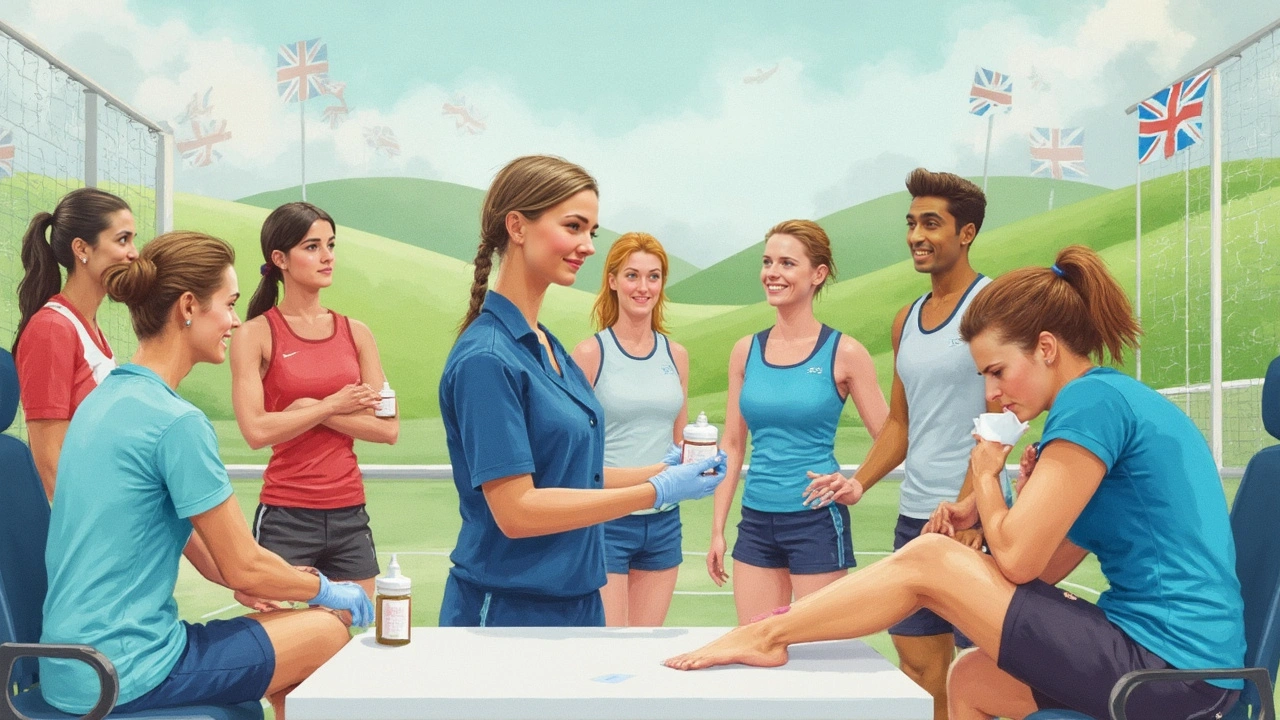Injury care: quick steps to stop pain and help you heal
Got a cut, twist, or bruise? Small mistakes in the first hour can make recovery longer. Use simple, practical steps right away to reduce pain, lower infection risk, and speed healing.
First, check safety. If the scene is still dangerous, move to safety before treating the injury. For bleeding that won’t stop or obvious deformity, call emergency services. For most everyday injuries you can start care yourself.
Immediate first aid: what to do in the first 10 minutes
Stop heavy bleeding by applying firm pressure with a clean cloth. Once bleeding slows, clean around the wound with soap and water—don’t force water into deep wounds. For minor cuts, a gentle rinse and a thin layer of an over-the-counter antiseptic or simple petroleum jelly helps prevent germs. Cover with a sterile bandage and change it daily or when wet.
For sprains and strains follow protection, rest, ice, compression, elevation. That means protect the joint, avoid putting weight on it, use an ice pack for 15–20 minutes every hour for the first day, wrap lightly with an elastic bandage, and keep it elevated above the heart when possible. Don’t ice for too long—short, repeated sessions work better than a long freeze.
How to tell if it’s more than a bruise
Suspect a fracture if the limb looks bent, you can’t move it, or pain is intense and localized. Immobilize the area and get medical help. For head injuries, watch for confusion, vomiting, or worsening headache; see emergency care fast.
Watch wounds for infection: increasing redness, warmth, swelling, pus, or red streaks spreading away from the cut. If you have diabetes, poor circulation, or a weakened immune system, check with a doctor sooner—small wounds can become serious fast.
For pain control, acetaminophen or an NSAID like ibuprofen can help. Follow the package directions and talk to your pharmacist if you take other medicines or have liver, kidney, or stomach issues. Never exceed the recommended dose.
When pain and swelling begin to settle, start gentle motion to avoid stiffness. Light range-of-motion exercises and gradual strengthening prevent long-term weakness. If movement stays painful after a week or you notice instability, see a physiotherapist or your doctor for a tailored rehab plan.
To reduce future injuries, warm up before activity, wear supportive shoes, use protective gear, and build balanced strength around vulnerable joints. Good sleep, decent nutrition, and keeping a healthy weight also help tissues recover better.
Need more detail on a specific injury? Check our articles on wound care, sprain recovery, and at-home pain relief for clear, practical advice. If anything looks worse or you’re unsure, err on the side of medical care—quick action prevents long problems.
Povidone-Iodine in Sports Medicine: A Game-Changer?
Discover the role of povidone-iodine in sports medicine and athletic training. This article explores how this common antiseptic is used to prevent infections in injuries, speed up recovery times, and maintain athletes' health. Learn interesting facts about its benefits, application methods, and why it's favored by many sports professionals. It's more than just a first-aid staple; it's a crucial part of any athletic toolkit.
View More
